Sami culture within the Vikings
Article about the Sami culture of the Arctic circle for small group educational tours for senior couples and mature single travellers interested in learning about the Vikings and their journeys into the Atlantic and south across Russia.
30 Sep 21 · 8 mins read

Sami culture within the Vikings.
Our long-standing fascination with the Viking age paired with a slightly apprehensive curiosity for the Viking’s spirit of courage and adventurous minds, and intriguing wildness associated with their conquests, have always been connected to their Scandinavian heritage of Northern Europe, excluding the horned helmets! Their Viking ship voyages (mostly raiding trips) took them to Saxon England, Ireland, Greenland, Iceland, North America (Vinland) across the Atlantic pausing at the Faroe Islands and all the way to Russia and beyond. To this day, the Vikings, the Viking mythology, the Norse mythology, and their lineage remain amongst us in the form of traces that we don’t often recognise as such, e.g. their genes or the Norse language. Many Old Norse words have survived the centuries of ever-changing dynamics of linguistics and are ingrained into our everyday life: egg, dregs, berserk, husband, cake or guests to mention a few.
Today’s stereotype of Viking history – of the Vikings sailing with their community made woollen sails across the seas in their traditional Viking ship(s) – the longship, to invade new territories for pillage and murder is not that far-fetched from the impression they left in the early days of their adventures. Quoting the 12th century writer Syemon of Durham, who referred to the Vikings as “stinging hornets or fearful wolves”. Within Viking society, Viking men were scary, fearless and their ambitions and preparedness to look beyond their own land and borders in search of their very own terra nova were infamous. The Viking trader with their sheer brutality, violent identity and the ruthlessness of the Viking raids which have been described in many sagas, stands opposed to their brilliant skills in seafaring and surprising ability to create international cultural networks that withstood the test of time in its literal sense within the Vikings world that follows their trade routes.
“Ever since, AD 793 has been emblazoned on the parchments of medieval chronicles and the pages of history books: the ominous year in which the curtain rose on the Viking Age.” (Barraclough, ER 2016, Beyond the Northlands, Oxford University Press, Oxford).
Our long-standing fascination with the Viking age paired with a slightly apprehensive curiosity for the Viking’s spirit of courage and adventurous minds, and intriguing wildness associated with their conquests, have always been connected to their Scandinavian heritage of Northern Europe, excluding the horned helmets! Their Viking ship voyages (mostly raiding trips) took them to Saxon England, Ireland, Greenland, Iceland, North America (Vinland) across the Atlantic pausing at the Faroe Islands and all the way to Russia and beyond. To this day, the Vikings, the Viking mythology, the Norse mythology, and their lineage remain amongst us in the form of traces that we don’t often recognise as such, e.g. their genes or the Norse language. Many Old Norse words have survived the centuries of ever-changing dynamics of linguistics and are ingrained into our everyday life: egg, dregs, berserk, husband, cake or guests to mention a few.
Today’s stereotype of Viking history – of the Vikings sailing with their community made woollen sails across the seas in their traditional Viking ship(s) – the longship, to invade new territories for pillage and murder is not that far-fetched from the impression they left in the early days of their adventures. Quoting the 12th century writer Syemon of Durham, who referred to the Vikings as “stinging hornets or fearful wolves”. Within Viking society, Viking men were scary, fearless and their ambitions and preparedness to look beyond their own land and borders in search of their very own terra nova were infamous. The Viking trader with their sheer brutality, violent identity and the ruthlessness of the Viking raids which have been described in many sagas, stands opposed to their brilliant skills in seafaring and surprising ability to create international cultural networks that withstood the test of time in its literal sense within the Vikings world that follows their trade routes.
While the Vikings originated from Northern Europe within Scandinavia that became the modern-day Denmark, Sweden, and Norway – during the Viking Age, dominated from the 9th century to the 11th century, their travels encompassed the entire Nordic region across the Baltic Sea to Finland, and on to Iceland, the Faroe Islands and Greenland. At places where archaeologists have found Viking settlements often rune stones with runic inscriptions for a Viking warrior or even recounting trade within the Byzantine empire were discovered.
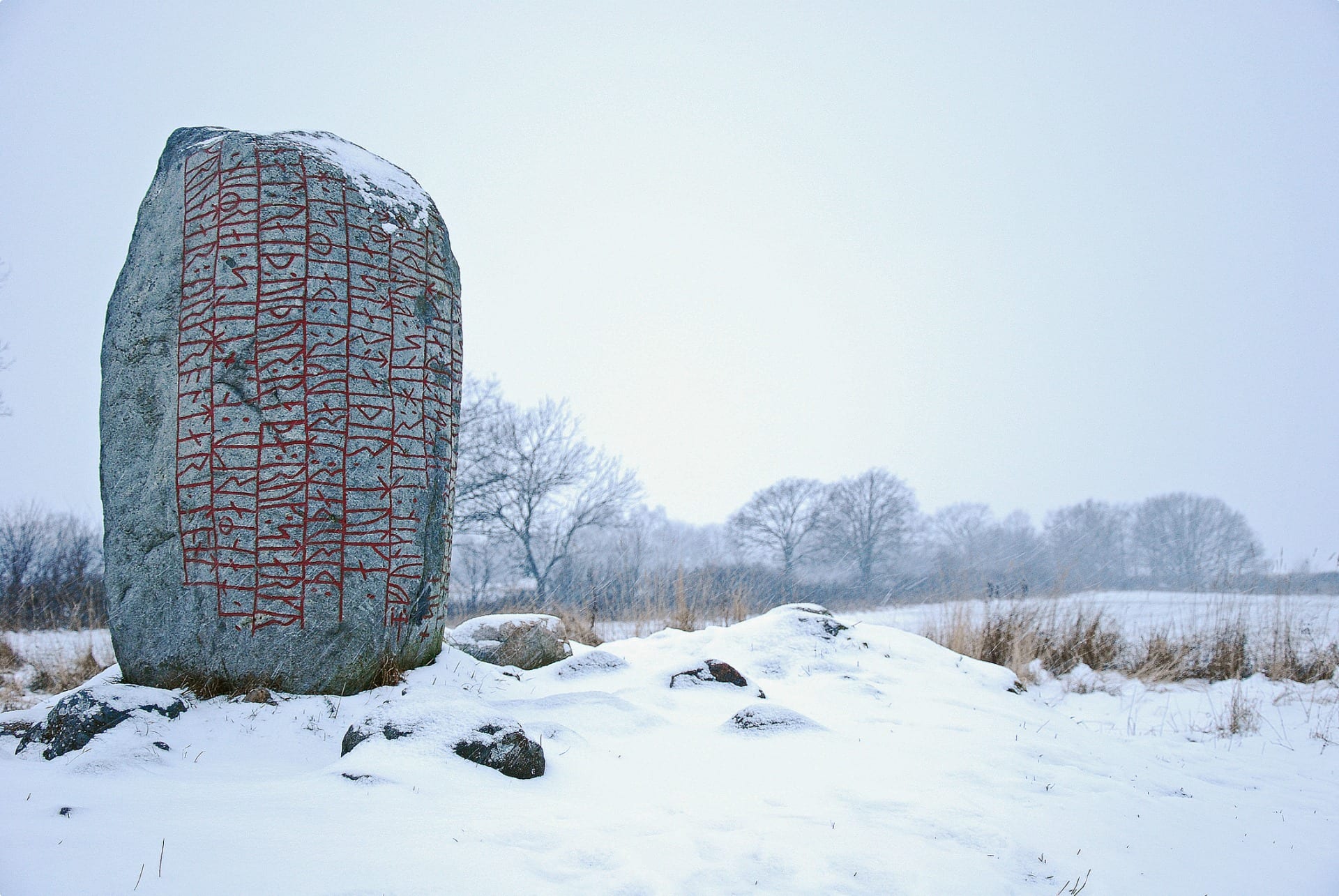
Viking history from the 9th century onwards was dominated by exploration and trading.
Archaeological finds reveal that during the Viking period not only the Viking warrior but also that the Norseman and the Viking woman explored the far north up into the Artic territories of northern Scandinavia and across into Russia. Within these remote communities, Viking society fostered important connections for trade within the northern regions and a source of force and wealth was built.
The northern tips of Sweden, Finland and Norway as well as Greenland and Iceland are part of the Artic Circle which is one of the two polar circles, and the most northerly of the five major circles of latitude as shown on maps of our planet. Undoubtedly, the Vikings would have experienced the wonders of the northern lands in a similar way that we do today: the marvellous northern lights, majestic frosts, endless fire and ice, many different sources of water and the wonders of the underwater world that is so precious and diverse in the northern seas.
Differentiation occurred within Viking society: There where the bands of Viking brothers who were part-time warriors gone rogue within the Viking army, originally farmers, and the Norseman called Norse who were full-time traders on the move across the Atlantic as far as Vinland and south, overland to Persia.
The Sami
One important connection within Viking society were the Arctic Sami (also called Finnar and formerly known as Laplanders, sometimes spelled Saami). Archaeological finds reveal that the Sami livelihood was part of the Viking culture, and the Sami were also semi-nomadic hunters.
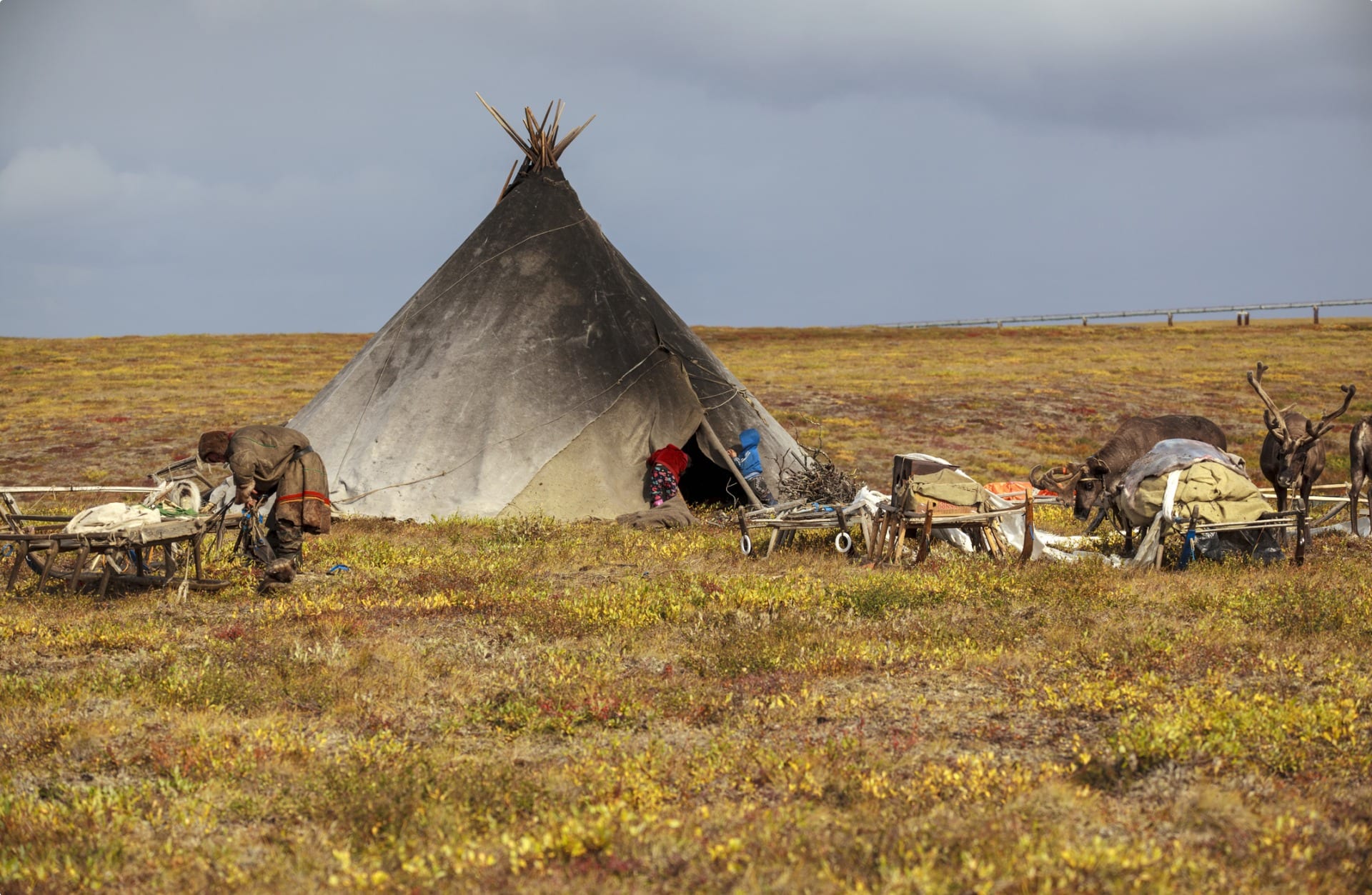
The Sami heritage – for this indigenous population up in the Sami homeland – that today is represented by Finnish Sami, the Swedish Sami and Norwegian Sami, was typically pursued as they do today with reindeer husbandry, they lived in movable hide huts, where reindeer herders often aimed to farm wild reindeer. The Saami kept these animals for reindeer meat and reindeer fur as well as being were fishermen and fast on their skis. The northernmost part of Scandinavia is called Finnmark and the name relates to its location, the Finnar who occupied the region and to assumed boundaries that were as real as they were illusive.
Viking history tells us that within Viking culture the Sami indigenous people were regarded as highly skilled wizards and sorcerers and have been spoken about in the famous medieval Icelandic sagas which involve an unparalleled diversity of geography, history and the people. Some members of the Sami population are not only presented as practitioners of witchcraft but also as teachers of the magic arts. A fine balance between power and admiration and fear and apprehension stems from this knowledge amongst the old Norse.
Acknowledging or believing in the Sami was forbidden in early Norwegian law. The History of Norway, a Latin text most likely written in the 12th century, refers to the Sami as “ungodly” and “exercising the art of magic” reciting an event where the Norse had been present during a shamanistic ritual and at a time when the rest of Scandinavia was already Christian. In the 18th century the Sami population was converted officially to Christianity but nonetheless until the present day their magic seems to be still a topic for locals and travellers alike.
Darker times in the history of the Sami homeland occurred, starting with the transition period from the Middle Ages to the early modern period, when their so called evil and unpredictable pagan powers set in motion terrible consequences. Finnmark known for its remote location, snowy mountains and wild reindeer also made an unsavoury wave in history books by a terribly high number of witch trials that took place in the 17th century. Witch-hunts started in the 15th and lasted until the 18th century stretching all over Europe and its American colonies and Finnmark wasn’t excluded from the tragic that happened during those trials. The north and the Sami culture after all had long before those trials been associated with the supernatural and the people that participated in it – all documented in the saga(s) of Norse society.
Vardo and the monument to the Sami and Norse mythology
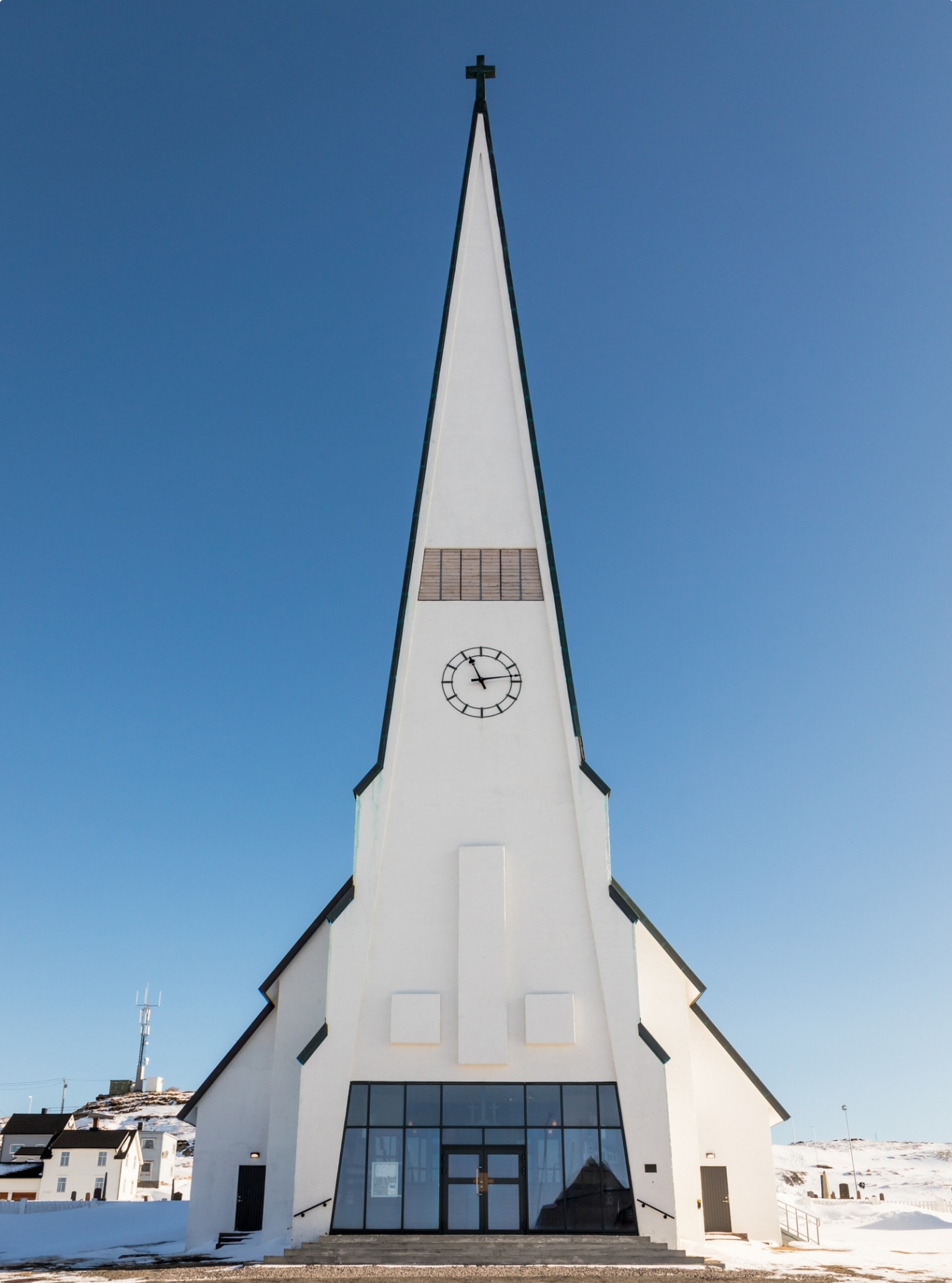
The town called Vardø in the Arctic circle is the most eastern town in Scandinavia and is further east than Istanbul, Kiev, or St Petersburg. Near the seashore of the town of Vardo, a monument was built to remember the darkest and bloodiest era this part of the world had experienced during the Sami period as well to commemorate the individuals from the Sami indigenous population that have died terrible deaths engulfed in fire. This memorial to the Sami heritage was designed by artist Louise Bourgeois and architect Peter Zumthor and was opened in 2011. The Steilneset Memorial is made up of two individual buildings near the site at which the victims most likely were executed.
The first building is a monumental over 100 metres long structure, consisting of a fiberglass membrane cocoon fastened by steel wires to a wooden frame and covered by a corrugated metal roof. Inside is almost total darkness besides a series of 91 tiny square windows within a narrow corridor. The 91 trial victims are remembered by 91 light bulbs hanging from the ceiling. A piece of silk printed with texts from the trial’s historical documents is positioned to the left of each window and almost all the texts end with “condemned to be burnt at the stake”. The other part of the memorial is a cube entirely made of smoked glass and weathering steel. A sculptural installation by French American artist Louise Bourgeois (1911-2010) makes up the centre of the cube. Entitled “The Damned, The Possessed and The Beloved”, the installation consists of a single metal chair crossed by five gas flames, burning without mercy, surrounded by seven oval mirrors resembling silent witnesses, or we could assume the judges, encircling the victim.
Myths from the Viking era about the magical powers of the northern Sami from the arctic circle region, their ability to shape-shift, tell the future or haver power over all wild beasts, are until today a theme of Nordic folklore and fairy tales (Norse sagas). While its close connection to the Scottish and Irish folklore with their “selkies” is not a surprise since the Norseman sailed in their longship to inhabit and rule parts of these regions too. Many modern writers such as Hans Christian Andersen, C.S. Lewis and Philip Pullman dreamed up creatures of magic, ice and fire and brought to life on paper what started many centuries ago as a Viking saga.
And if there are still doubts about the Viking heritage and whether the Vikings and their story is relatable and piques a modern small group traveller’s interest, The Times newspaper of England in 2014 draw a remarkably contemporary connection between the Viking warrior’s notorious reputation and modern British politics:
“A longboat full of Vikings, promoting the new British Museum exhibition, was seen sailing past the Palace of Westminster yesterday. Famously uncivilised, destructive and rapacious, with an almost insatiable appetite for rough sex and heavy drinking, the MPs nonetheless looked up for a bit to admire the vessel.”
Related Articles

Discovering Scandinavia & Viking Denmark for tourists
Discovering Scandinavia Discovering Scandinavia. In this article, we will learn about Denmark with a focus on Viking history, and uncover highlights of Copenhagen. Click here to read our article focusing on Sweden. Small group tours…
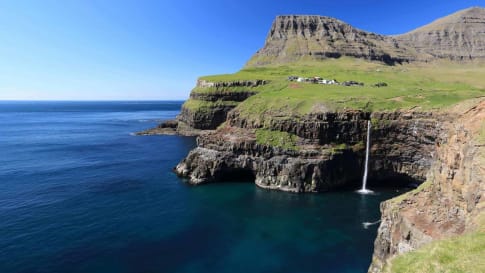
Exploring the Faroe Islands: The Definitive Guide for Travellers
The Faroe Islands, far far away Tjornuvik village, Faroe Islands The Faroe Islands (also called the Faroes or Faeroes) is a self-governing region of the Kingdom of Denmark, a group of 18 pristine volcanic islands…
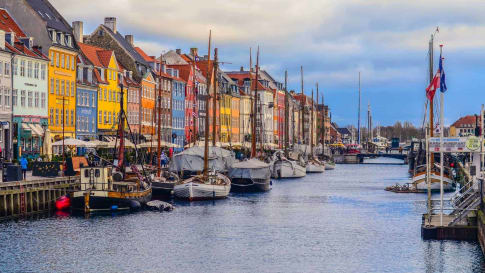
Questions About Denmark for senior travellers
Explore and learn about on a small group tour for seniors of Denmark and its cultural and historic settlement. Visit Copenhagen the Amalienborg palace and so much more as a couple or solo traveller.

The Arctic Circle
The Arctic Circle is the most northernly major circle of latitude, at approximately 66°30′ N. It marks the area within which, for one or more days each year, the Sun does not set (June 21) or rise (December 21), and the length of continuous day or night increases northward.

The Viking's Woollen Sails
Vikings and Their Use of Wool for Sails This educational article aims to help senior travellers immerse in the world of Vikings before they take part in a memorable travel experience across Scandinavia. It helps…
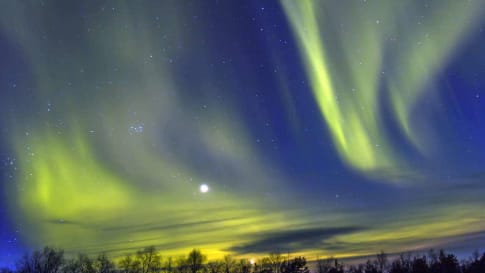
Northern Lights
The science of the Northern Lights Although many are more familiar with the Northern Lights, the natural phenomenon is not exclusive to the Northern Hemisphere. The polar lights are caused by solar activity. When there…

Questions about Finland
Escorted small group tours for mature and senior travellers to Finland. Designed for couples and solo travellers who like to explore and enjoy learning as they travel to Helsinki, or to the arctic circle to the Northern lights to learn how to photograph the lights and more.
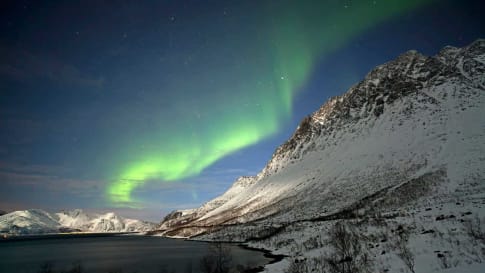
Questions about Norway for senior travellers
Escorted small group tours for mature and senior travellers to Norway. Designed for couples and solo travellers who like to explore and enjoy learning about the woollen sails of the Vikings, photographing the Northern lights as they travel to Oslo, Tromso, or the arctic circle.

Royal and Ancient Polar Bear Society, Hammerfest, Norway
The Society is dedicated to preserving the culture of Hammerfest. The polar bear is the city’s coat of arms and was therefore chosen as the society’s logo.
Related Tours

5 days
Apr, SepFaroe Islands Tour
Visiting Denmark
Few European tour companies offer small group journeys to the Faroe Islands. This five-day small group tour designed for mature couples and solo travellers. Local guides take you on trips off the beaten path to visit some of the islands' most stunning sights and to explore the capital of Tórshavn.
From A$7,250 AUD
View Tour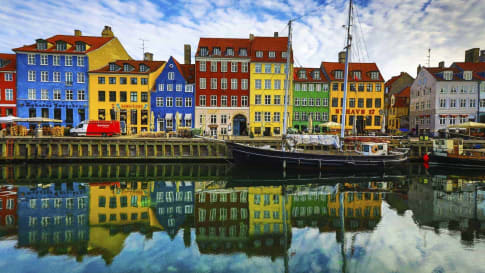
13 days
Jun, SepScandinavia tours for mature travellers
Visiting Denmark, Norway
Uncover on a small group tour for couples and solo travellers, a Viking past and view of the world’s biggest fjords on this journey through Scandinavia. In low-lying Denmark our small group journey takes us to visit the Zeeland, the sea land, and our program includes the vibrant capital of Copenhagen. In Norway we travel through endless forests, skirting great fjords to Bergen.
From A$14,995 AUD
View Tour
21 days
SepScandinavian Design Small Group Tour: Denmark, Sweden and Finland
Visiting Denmark, Finland
Denmark, Sweden and Finland realised that the only way to remain competitive on the world stage was through the value of superior design. Travelling with like-minded people on our small group tour you will explore the cities and towns where those high quality products, appreciated around the world, are created including hygge.
From A$16,685 AUD
View Tour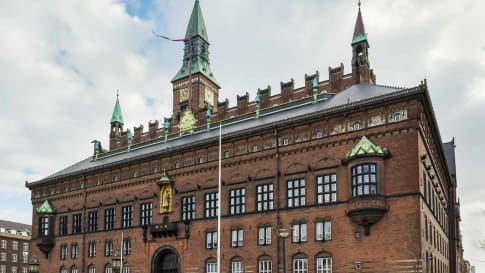
20 days
Aug, MayTour of Denmark's Culture & History
Visiting Denmark
Experience group travel for couples and single travellers to Denmark. This European tour provides a travel experience based around key destinations and itineraries that provide authentic experiences in Denmark .A single supplement applies for solo travellers.
From A$15,895 AUD
View Tour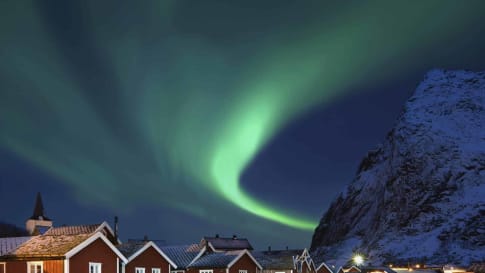
10 days
Oct, JanNorthern Lights Small Group tour | Visit Norway and Finland
Visiting Finland, Norway
Odyssey's small group tour following the Northern Lights allows you to experience serene snow-covered Arctic landscapes. Throughout our journey guides and specialists will outline the history of this stark region and the nature of the peoples who wrested their living from it. A unique opportunity to view this natural phenomenon travelling as part of a small group.
From A$9,625 AUD
View Tour



